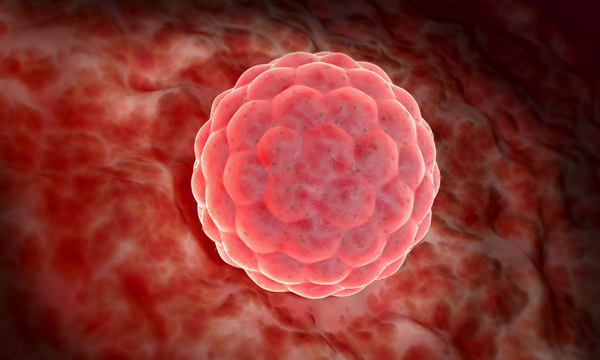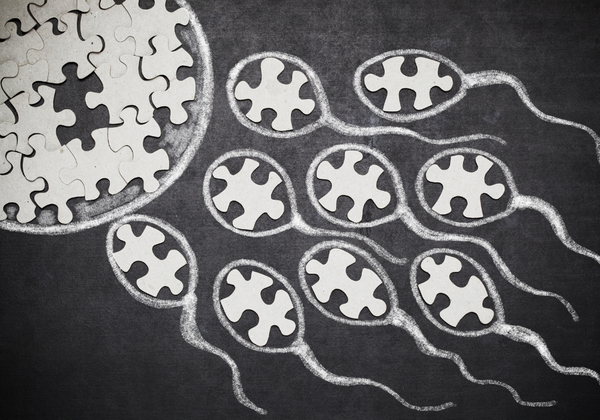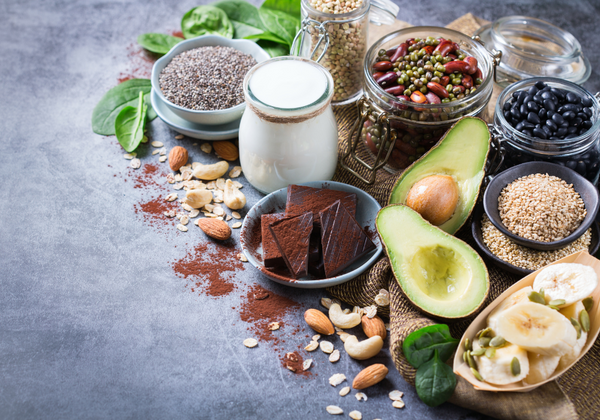
Article
Article
Posted on
With an upset stomach or constipation being common complaints during pregnancy, the importance of increasing fibre intake during this time to help ease discomfort is well known. What may not be known however is that fibre can also help before pregnancy and is an influential factor in fertility success.
Fibre helps maintain a healthy weight – being overweight or obese has long been known to impact reproductive health. Obesity tends to alter hormone levels, which may make it harder to get pregnant and can also hinder ovulation, in fact, research shows that those who eat more fibre are less likely to be overweight or obese.
Fibre also reduces the risk of insulin resistance. Insulin resistance can trigger the ovaries to overproduce androgen hormones and for women with polycystic ovary syndrome (PCOS), this is of particular concern, as excess androgens can lead to irregular ovulation or anovulation (no egg releases). By increasing fibre intake, you can improve your body’s insulin sensitivity, which not only reduces your risk of fertility struggles, but also decreases your chances of developing metabolic disorders like type 2 diabetes.
Finally, fibre also fuels the gut microbiome, more specifically, the gut microbiota converts bound oestrogens into their free and active forms. This process can be impaired by a lower diversity of microbes circulating in the gut. To maintain those good microbes, you need to feed them. Fibre is their primary source of fuel, which is why it’s important to follow a high-fibre diet when trying to conceive.
This is also an important component during pregnancy, as growing research suggests the mother’s microbiome is passed on to baby in utero. Develop a healthy gut early, and it will help your baby’s microbiome flourish!
Striking the balance
The recommended intake of fibre is 25-28 grams per day for women and 31-34 grams per day for men – the specific targets vary by age – but statistics show that around 90% of women and 97% of men don’t meet those recommended intakes. So, what can you do?
Break it up. Aim for 10-15 grams of fibre per meal, which will help not only make the goal feel much more manageable, it will also help to spread the intake throughout the day, which is better for digestion and nutrient absorption.
However, more important than the exact amount, is the diversity of your fibre. Women trying to conceive should focus on the diversity of plants they consume – with a goal of eating more than 30 different kinds of plants each week. This increases the range of bacteria in the gut, leading to a healthy microbiome.
What should I be eating to reach my fibre target?
There are two types of fibre, and many foods contain both types:
Good sources of insoluble fibre include:
Good sources of soluble fibre include:
While busy lifestyles can make it difficult to eat a lot of fibre-rich plant sources, alternative fibre powders, such as Psyllium Husk.

Article

Article

Article